Paid advertising represents a critical component of modern digital marketing strategies, offering businesses unprecedented opportunities to reach targeted audiences with precision and measurable results. In today’s hyper-competitive digital landscape, understanding the nuanced world of Pay-Per-Click (PPC) and media buying is no longer optional—it’s essential for organizations seeking to maximize their online visibility and drive meaningful conversions. Whether you’re a small business owner, marketing professional, or digital strategist, mastering paid advertising techniques can transform your marketing approach, delivering powerful results that traditional advertising channels simply cannot match.
Understanding Paid Advertising Fundamentals
Paid advertising encompasses a wide range of digital marketing strategies where businesses pay to display promotional content across various online platforms. These platforms include search engines like Google, social media networks such as Facebook and LinkedIn, display advertising networks, and programmatic advertising ecosystems. The core principle remains consistent: advertisers pay a fee each time their advertisement is clicked or viewed, creating a direct relationship between marketing spend and potential customer engagement.
Modern paid advertising strategies leverage sophisticated targeting capabilities, allowing marketers to reach extremely specific audience segments based on demographics, interests, behaviors, and intent signals. By utilizing advanced tracking technologies and machine learning algorithms, advertisers can optimize their campaigns in real-time, continuously refining their approach to maximize return on investment (ROI).
Developing Effective PPC Campaign Strategies
Successful PPC campaigns require meticulous planning, strategic keyword selection, and continuous optimization. Marketers must conduct comprehensive keyword research, identifying high-intent search terms that align with their target audience’s preferences and pain points. This involves utilizing tools like Google Keyword Planner, SEMrush, and Ahrefs to uncover valuable insights into search volume, competition levels, and potential cost-per-click (CPC) metrics.
Crafting compelling ad copy is equally crucial, demanding a deep understanding of audience psychology and persuasive communication techniques. Effective advertisements must communicate unique value propositions clearly and concisely, incorporating strong calls-to-action that motivate users to click and convert. A/B testing different ad variations allows marketers to systematically improve performance and identify the most resonant messaging strategies.
Advanced Targeting and Audience Segmentation
Contemporary paid advertising platforms offer unprecedented granularity in audience targeting, enabling marketers to create highly personalized advertising experiences. Advanced segmentation techniques allow businesses to develop multi-layered targeting strategies that consider factors like age, location, interests, browsing history, and previous interactions with brand content. By leveraging these sophisticated targeting capabilities, advertisers can dramatically improve campaign efficiency and reduce wasted ad spend.
Remarketing represents a particularly powerful targeting technique, enabling businesses to re-engage users who have previously interacted with their website or digital assets. By creating tailored advertisements that speak directly to users’ demonstrated interests, marketers can significantly increase conversion probabilities and nurture potential customers through the sales funnel.
Budget Management and Bid Optimization
Effective budget allocation is a critical aspect of successful paid advertising campaigns. Marketers must develop nuanced bidding strategies that balance cost efficiency with potential reach and conversion potential. This involves setting appropriate daily and campaign-level budgets, understanding bid adjustment mechanisms, and implementing intelligent bidding strategies that leverage machine learning and algorithmic optimization.
Smart bidding techniques, such as target CPA (Cost Per Acquisition) and target ROAS (Return On Ad Spend), enable advertisers to automatically optimize their campaigns based on predefined performance objectives. These advanced strategies utilize machine learning to make real-time bidding decisions, continuously improving campaign performance with minimal manual intervention.
Performance Tracking and Analytics
Comprehensive performance tracking is fundamental to paid advertising success. Marketers must implement robust analytics frameworks that provide granular insights into campaign performance, user behavior, and conversion metrics. Tools like Google Analytics, Facebook Pixel, and platform-specific tracking solutions enable detailed performance analysis, helping advertisers understand the complete customer journey and attribute value to specific marketing touchpoints.
Key performance indicators (KPIs) such as click-through rate (CTR), conversion rate, cost per click (CPC), and return on ad spend (ROAS) provide critical benchmarks for evaluating campaign effectiveness. By establishing clear performance benchmarks and continuously monitoring results, marketers can make data-driven decisions that incrementally improve advertising performance.
Future of Paid Advertising
The paid advertising landscape continues to evolve rapidly, driven by technological advancements and changing consumer behaviors. Emerging technologies like artificial intelligence, machine learning, and improved data processing capabilities are reshaping how marketers approach digital advertising. Privacy regulations and increased user awareness are also compelling advertisers to develop more transparent, value-driven marketing approaches that prioritize user experience and meaningful engagement.
Successful marketers will be those who remain adaptable, continuously learn, and leverage cutting-edge technologies to create more personalized, effective advertising experiences. By combining strategic thinking, technical expertise, and a deep understanding of audience psychology, businesses can unlock the full potential of paid advertising in an increasingly complex digital ecosystem.



 by
by